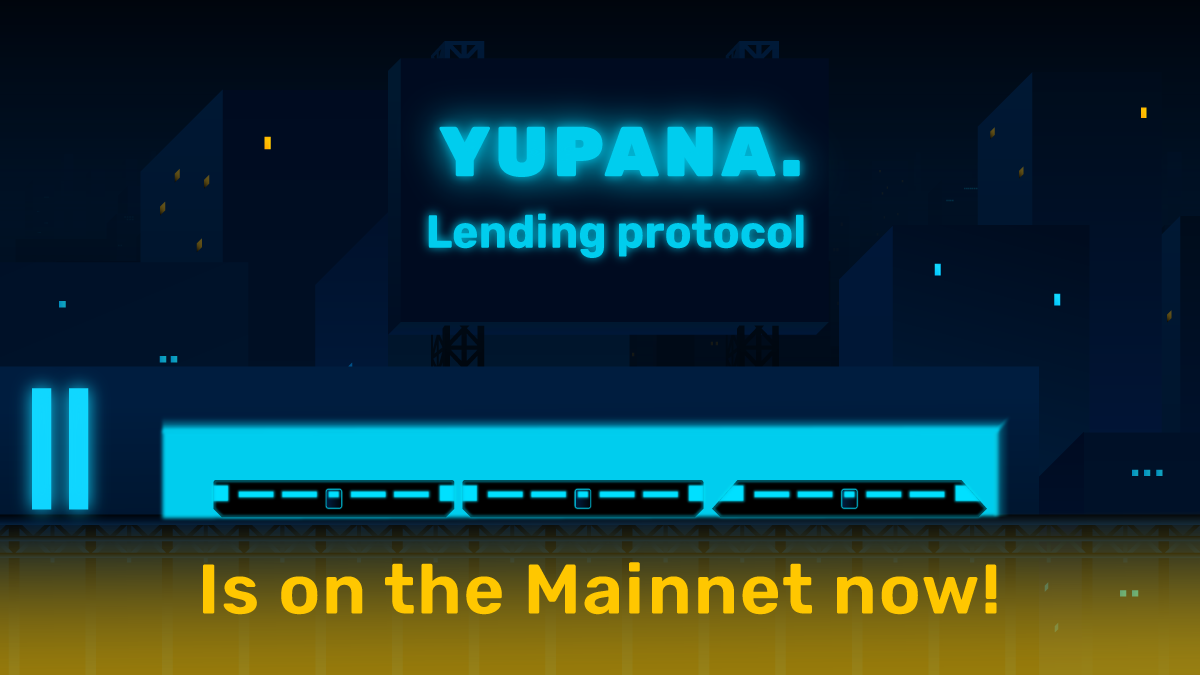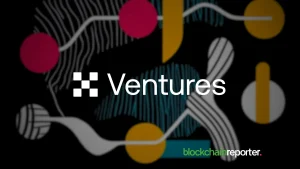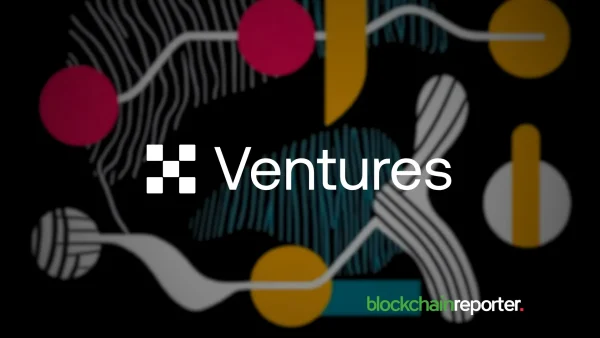
Yupana.Finance, the industry’s first lending protocol for Tezos, has been released by Madfish, a leading software development company. Yupana.Finance is an accessible, decentralized, and non-custodial lending protocol developed on Tezos. Its purpose is to enable users to safely lend and borrow digital assets through the use of smart contracts. Yupana.Finance has made the exciting announcement that it will finally be able to offer the Tezos community the benefits that have been anticipated from the credit protocol. Users of Tezos can now borrow, lend, and earn rewards just like users of other prominent decentralized finance (DeFi) ecosystems.

Madfish is a key software development firm in the Tezos ecosystem, having produced fundamental projects including QuipuSwap DEX, Temple Wallet, and Yupana.Finance. Nearly 200,000 consumers in the Tezos DeFi market actively employ Madfish goods. In contrast, Tezos is an intelligent currency, revolutionizing what it means to keep financial value in a digitally connected environment. Tezos is a c that is both self-upgradable and energy-efficient, and it uses the Proof of Stake (PoS) consensus method. It has an established track record, and it can incorporate tomorrow’s innovations without causing network interruptions today.
The One-Of-A-Kind Lending Protocol On Tezos
Yupana has already been released on the Tezos mainnet after having undergone exhaustive testing conducted by Madfish developers with the assistance of the entire community. Consequently, as of right now, everyone can make use of the decentralized money market protocols by interacting with the instruments for the lending protocol within the Tezos universe. By utilizing Yupana, lenders are able to give liquidity while still receiving passive income, while borrowers are able to assume responsibility for collateralized loans.
As a result, liquidators have an incentive to close off positions with insufficient collateral so that the platform can continue operating. Yupana has put in a lot of effort to establish a fully functional liquidity protocol, and the company behind the platform is hopeful that customers will enjoy a new level of experience within the Tezos DeFi ecosystem, which has just become complete and all-encompassing. For the time being, Yupana only supports the following assets: TEZ, cTEZ, kUSD, tzBTC, uUSD, and uBTC. The annual percentage yield (APY) will be based on how much demand there is in the market for the respective asset.
Participants Of Yupana.Finance
The MadFish team, who also designed the Quipuswap DEX and the Temple wallet, is responsible for the development of Yupana.Finance. Audits and safeguards have been applied to Yupana smart contracts. Anyone is able to communicate with a user interface client, an application programming interface (API), or directly with the smart contracts that are stored on the Tezos blockchain because the system is totally open-source. Yupana was designed to expand the Tezos ecosystem and draw additional liquidity to Tesoz applications.
There are three basic user roles that make up the Yupana.Finance community: lenders, borrowers, and liquidators. Lenders contribute the assets they own to various lending pools in exchange for an equivalent number of yTokens. Lenders gain interest in the assets they provide. A lender might be anyone. Through the Yupana protocol, which facilitates peer-to-peer lending, borrowers have the option of immediately taking out excess security loans. To obtain a loan, the borrower must provide collateral that is more valuable than the loan amount.
When the value of the collateral does not adequately cover the value of the loan or debt, liquidators will close out their debt positions. After liquidation, the amount of debt that was liquidated from the collateral is repaid, which can be as much as fifty percent of the total amount owed by the borrower. The value of the debt, plus the cost of the liquidation, is deducted from the available collateral.

Getting Started With Yupana.Finance
For advanced users investigating Yupana.Finance provides a user interface that is comparable to Aave or Compound. You are required to deposit one of the assets that are supported by the protocol before you may engage in interaction with Yupana. After that, you will start receiving revenue, the quantity of which is determined by the demand currently existing in the market for borrowing cash.
You will be able to borrow assets from other users of the protocol at an interest rate if you make an additional deposit, which will also act as security for such loans. The use of assets simultaneously as a deposit and collateral can offset the accrued interest. Because the interaction of users with the protocol takes place through transactions on the blockchain, a fee is levied on each transaction that takes place in the Tezos network. Its size is dependent on network load and transaction complexity.
A smart contract will be used to hold the asset, but where exactly the contract depends on its nature. The APY of locked-in Yupana Protocol assets is decided by the market demand for the specified item. Provide assets and receive interest with smart contracts. No deposit limits exist inside the Yupana Protocol. You can deposit any amount. However, when depositing really tiny quantities, you should take into consideration the size of the costs that the network charges in order to ensure that they do not surpass the intended profit.









